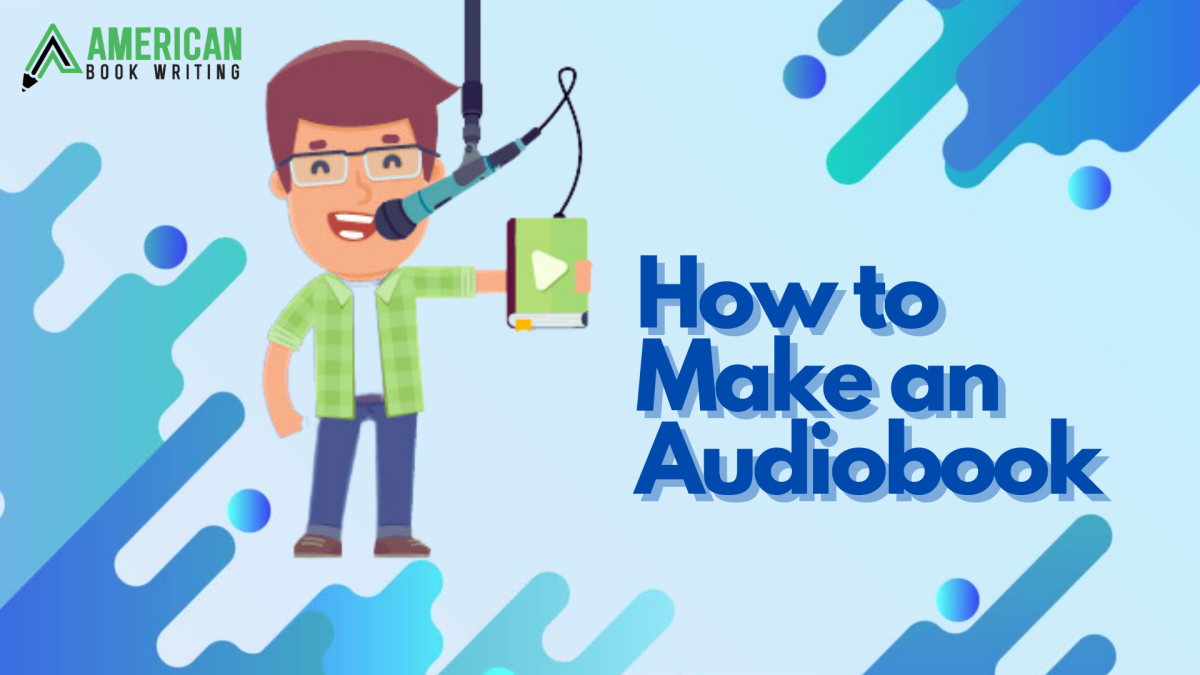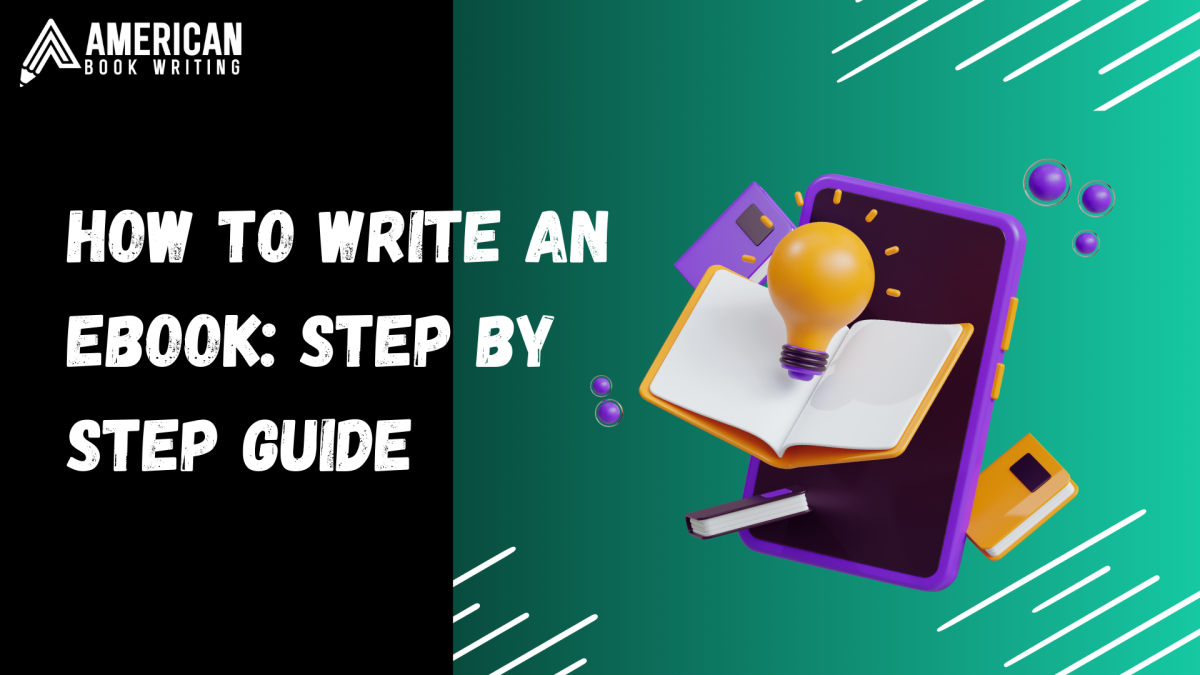Audiobook
Creating an audiobook is an excellent way to expand your book’s reach and cater to a growing audience of listeners who prefer audio content over traditional reading.
Whether you’re a self-published author looking to diversify your formats or someone interested in narrating books for a broader audience, understanding how to make an audiobook is essential. Making an audiobook can be both free and straightforward with the right approach.
A huge audience is waiting to hear your tale told in a whole new way if you haven’t taken advantage of the growing popularity of audiobooks. It takes time, imagination, and the correct equipment for an audiobook, similar to crafting an enthralling story. Audiobooks have the power to transport listeners to another world,
What Is an Audiobook?
An audiobook is a recorded version of a text, typically a book, read aloud by a narrator. It allows listeners to experience the book’s content through audio, making it a convenient and accessible format for consuming literature and other written works. It can be enjoyed while driving, exercising, doing household chores, or during any activity where reading a physical book would be impractical.
The format of audiobooks can vary, ranging from verbatim readings of the book’s text to dramatized versions with multiple voice actors, sound effects, and music. Narrators can be professional voice actors, celebrities, or even the authors themselves, bringing a unique dimension to the listening experience by conveying the text’s tone, emotion, and nuances through their vocal performance.
Audiobooks are available in digital formats such as MP3 and can be purchased and downloaded from various online platforms, including Audible, iTunes, and Google Play Books. Many public libraries also offer audiobooks through lending services like Overdrive and Libby, where users can borrow audiobooks for free using their library membership.
The popularity of how to make an audiobook has grown significantly in recent years. This format has made books more accessible to a wider audience, including people with visual impairments, reading disabilities, and those who simply prefer audio content over traditional print or e-books. Audiobooks cover a wide range of genres, from fiction and non-fiction to self-help, education, and professional development, catering to the diverse interests of listeners.
What Do You Need to Record a Book?
Several important things are needed to make a podcast. First, you need a written plot of what the book is about. This will be the basis for the audio recording. Next, you’ll need proper recording gear, like a good microphone and headphones, to get high-quality, clear sound.
It’s very important to choose the right storyteller. You can hire a trained voice performer, or if you’re the author, you could read it yourself. A good storyteller can bring the text to life, which makes hearing more enjoyable.
It’s also necessary to have audio editing and recording tools to make audiobooks. You can edit, improve, and fine-tune your audio to ensure it meets professional standards. With these things in place, you can start making a podcast.
Understanding the Basics of Audiobook Production
It’s essential to grasp the basics of audiobook creation. This involves selecting the right equipment, preparing your manuscript for audio, and understanding the technical aspects of recording and editing your narration. The goal is to produce a clear, engaging, professionally sounding audiobook that captures your audience’s attention.
Step 1: Preparation
Choose Your Equipment Wisely: Make audiobooks with what you have. A quiet room, a decent microphone, and a computer are all you need to get started. While professional studios use high-end microphones, many affordable options can deliver excellent sound quality. Look for a microphone with good reviews from podcasters and home studio users, as these are often well-suited for audiobook recordings.
Prepare Your Manuscript: Reading aloud from a book presents different challenges than reading silently. Before recording, review your manuscript and mark any difficult passages, words, or phrases. Consider conveying the book’s tone, characters, and emotions through your voice. Practice reading out loud to become comfortable with the material and to determine the pace and intonation that best suits your text.
Step 2: Recording Your Audiobook
Find a Quiet Recording Space: Having a good recording space is just as important as having good tools. Pick a room that is quiet, well-insulated, and where you can block out outside noise. Clothes closets can be useful for temporary recording rooms because the clothes absorb sound and cut down on echoes.
Set Up Your Recording Software: Several free recording software options, such as Audacity, are user-friendly and offer a range of editing tools. It helps in learning how to make an audiobook and also helps you learn how to start, pause, and stop recordings, and how to save your files.
Start Recording: Before recording, make sure the environment is quiet and your microphone is at the right level by listening to a few test recordings. Communicate with clarity and regularity. If you make a mistake while recording, don’t worry about it. You can always stop recording, make changes, and then start again.
Step 3: Editing and Polishing Your Recording
Basic Editing: Using your recording software, begin the audiobook editing process by removing any mistakes, long pauses, or unwanted noises from your audio. Tools within the software can help you cut out parts of the recording and clean up the sound.
Enhancing Audio Quality: Enhance the sound quality of your recording by using noise reduction filters and equalization effects. There will be less background noise if you use these tools, and your voice will sound clear and steady throughout the story.
Adding Metadata: Metadata such as your audiobook’s title, author name, and chapter titles can be embedded into your audio files. This information helps organize your audiobook and makes it easier for listeners to navigate through chapters.
Step 4: Distributing Your Audiobook
Choose a Platform: Once you are ready to launch a book, decide where to distribute it. Platforms like ACX (Audiobook Creation Exchange) allow you to publish your audiobook on major retailers like Audible, Amazon, and iTunes. Other platforms may have different requirements or benefits, so research the best fit for your goals.
Follow Submission Guidelines: Different platforms have different technical and quality standards to create audiobooks. To keep your end work from being rejected, follow these conditions. Specifications for audio format, bit rate, and file name standards may be part of this. Check these requirements carefully, and make changes to your audio files if necessary.
Upload Your Audiobook: Once your audiobook meets the platform’s specifications, you can proceed with the upload process. This usually involves submitting your audio files, cover art, and required metadata through the platform’s portal. Be prepared for this process to take some time, as uploading large audio files can be slow, depending on your internet connection.
Set Your Price and Publish: After uploading, you can set the price for your audiobook if the platform allows it. Consider your target audience and the pricing of similar titles when setting your price. Once everything is in place, submit your audiobook for review. Approval times can vary, so be patient.
Step 5: Marketing Your Audiobook
Leverage Social Media: Use your social media platforms to announce the release of your audiobook. Create engaging posts with the help of professional audiobook publishers that include snippets of your audio to entice potential listeners. Use relevant hashtags to reach a wider audience, and consider running social media ads targeted at audiobook listeners.
Engage with Your Audience: Respond to comments and messages from your followers. Engaging with your audience can help build a community around your work and encourage word-of-mouth promotion.
Offer Promotional Codes: Many platforms provide authors with promotional codes that allow free access to your audiobook. Distribute these codes to influencers, reviewers, and loyal fans in exchange for honest reviews and social media mentions.
Create a Website or Blog: If you don’t already have one, create a website or blog where you can share more information about how to make an audiobook, your writing process, and upcoming projects. This can be a central hub for your fans to find everything they need to know about your work.
Consider Audiobook Blogs and Podcasts: Reach out to audiobook reviewers, bloggers, and podcasters interested in featuring your audiobook. A positive review or mention from a well-regarded source can significantly boost your visibility and credibility.
Additional Tips for Success
- Consistency in Quality: Ensure your recording is consistent across all chapters. Inconsistencies can distract listeners and detract from their experience.
- Practice Your Narration Skills: Even if you’re not a professional voice actor, practicing your narration skills can greatly enhance the listener’s enjoyment. Consider pacing, pronunciation, and character voices if your book includes dialogue.
- Legal Considerations: If you’re recording a book you didn’t write, ensure you selected the right book publishing company with legal permission for an audiobook version.
- Invest in Your Craft: As you gain more experience and feedback from listeners, consider investing in better recording equipment or professional editing services to enhance the quality of your future audiobooks.
Conclusion:
Making an audiobook can turn your written words into an interesting podcast, is enlightening, and helps your story reach more people from different backgrounds. You can easily and freely complete the steps using the instructions, from getting your writing ready for audio to recording, editing, and then sharing your work.




